CAS 51-05-8 Procaine Hydrochloride For Reduce Pain
Quick detail
Product name: Procaine HCL
Other name: Procaine Hydrochloride
CAS: 51-05-8
Appearance: white crystals powder
purity: 99%
Trademark: Pharmlab
Original: China
Grade: Pharmaceutical grade
Package: Disguised package ; Foil bag
Delivery date: 3-5 work days
Certificate: ISO 9001, USP,GMP
Payment: Western Union, MoneyGram, T/T, bitcoin
Shipping: EMS,HKEMS,EUB,ETK,FEDEX,DHL,UPS,Aramex,ETC
Policy: Re-Shipping Policy
Molecular formula: C13H21ClN2O2
Molecular weight:272.77
Specification
| Test Items |
Specification |
Test Results |
| Appearance |
Fine, white, crystalline, odorless powder |
confirm |
| Identification |
ABC in Pass |
confirm |
| Solubility |
Very soluble in water, soluble in Alcohol; insoluble in Ether and Benzene |
confirm |
| USP Reference standards |
USP Tetracaine Hydrochloride RS. USP Endotoxin RS. |
confirm |
| Melting point |
145~150 degree |
146.0~147.5
degree |
| Chromatographic purity |
In Pass |
confirm |
| Related substance |
Not more than the reference solution 0.05% |
confirm |
| Heavy metals |
≤10ppm |
confirm |
| PH |
4.5-6.5 |
5.8 |
| Residue on ignition |
≤0.10% |
0.05% |
| Loss on Drying |
≤ 0.5% |
0.19% |
| Assay |
98.0 -101.0% |
100.1% |
| Conclusion |
Confirms USP 32 |
Description:
Procaine hydrochloride, also called Novocain, or Procaine HCl, synthetic organic compound used in medicine as a local anesthetic. Introduced in 1905 under the trade name, it became the first and best-known substitute in local anesthesia. Generally used in a 1 to 10 percent saline solution, procaine hydrochloride is administered by injection for infiltration (area flooding as in dental anesthesia), nerve-block, spinal, and caudal anesthesia. Unlike cocaine, procaine is not toxic, addicting, or irritating. It has been displaced somewhat by the chemically related drugs lidocaine and mepivacaine, which produce prompter, more intense anesthesia.
Procaine was first synthesized in 1905, shortly after amylocaine. It was created by the German chemist Alfred Einhorn who gave the chemical the trade name, from the Latin nov- (meaning new) and -caine, a common ending for alkaloids used as anesthetics. It was introduced into medical use by surgeon Heinrich Braun. Prior to the discovery of Stovaine and, was the most commonly used local anesthetic. [citation needed] Einhorn wished his new discovery to be used for amputations, but surgeons preferred general anesthetic. Dentists, however, found it very useful. Einhorn was displeased by this and spent many years touring dental schools to advise them not to use it.
The primary use for procaine is as a topical anaesthetic.Procaine is used less frequently today since more effective (and hypoallergenic) alternatives such as lidocaine (Xylocaine) exist. Like other local anesthetics (such as mepivacaine, and prilocaine), procaine is a vasodilator, and is often coadministered with epinephrine for the purpose of vasoconstriction.






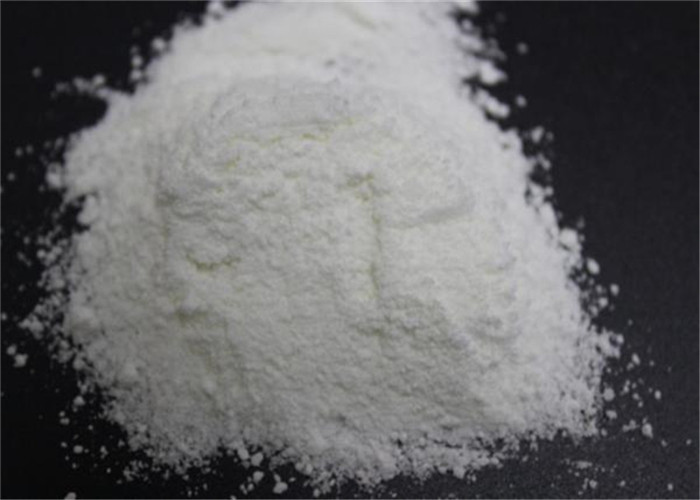
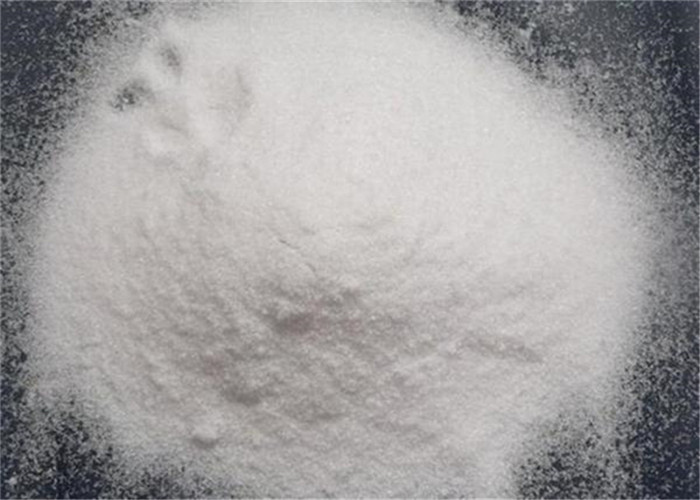
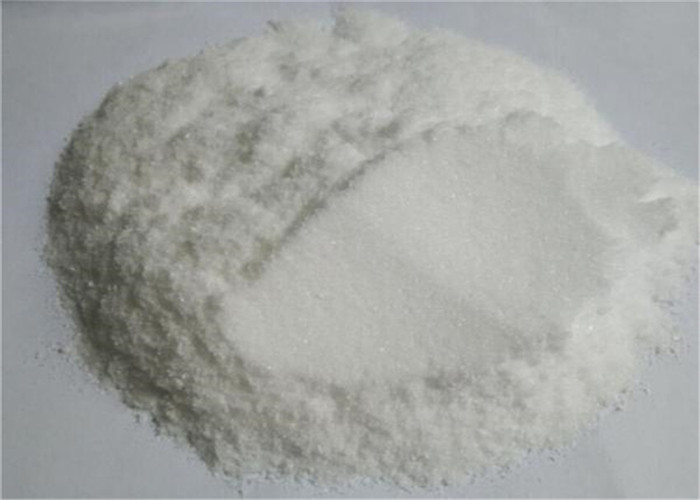
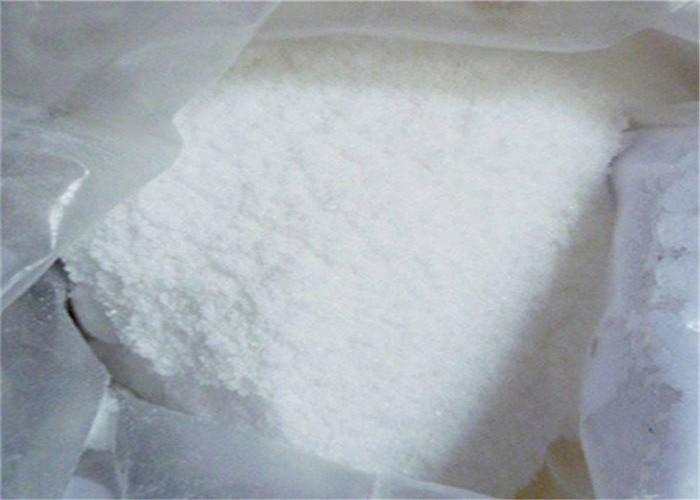
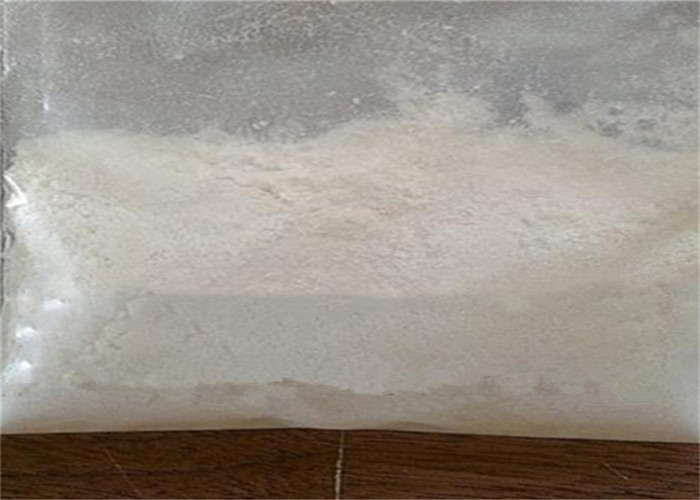
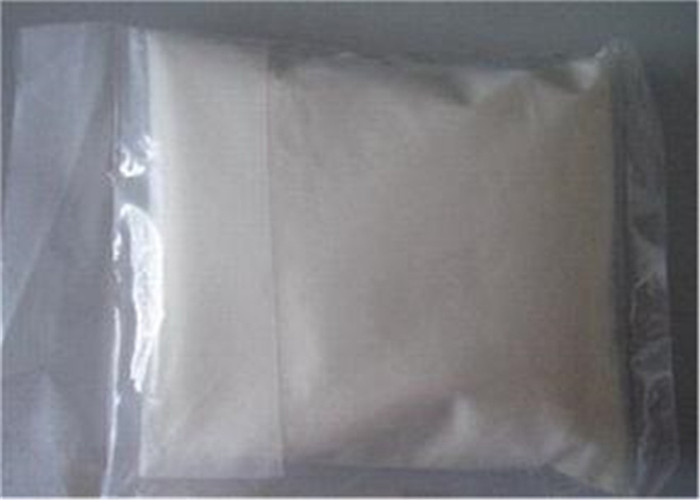



 Sales Manager
Sales Manager